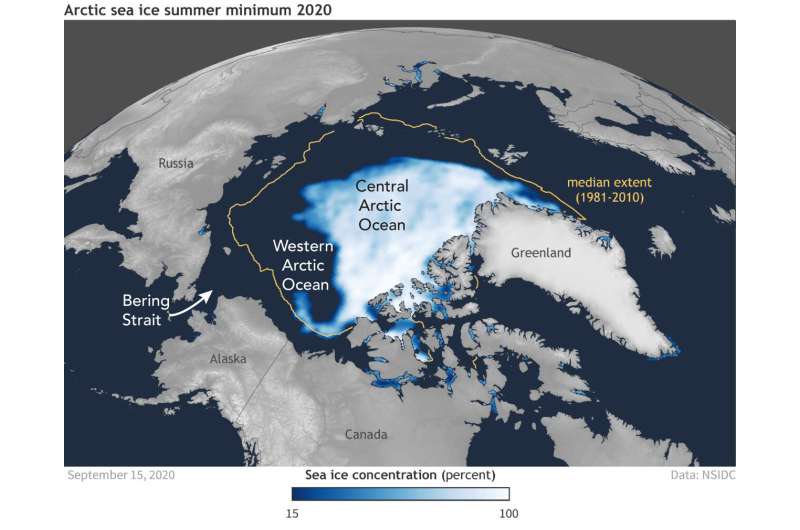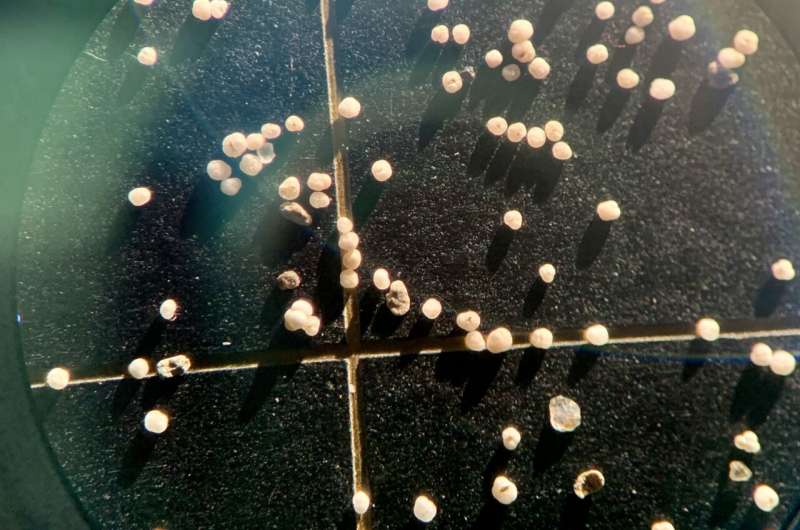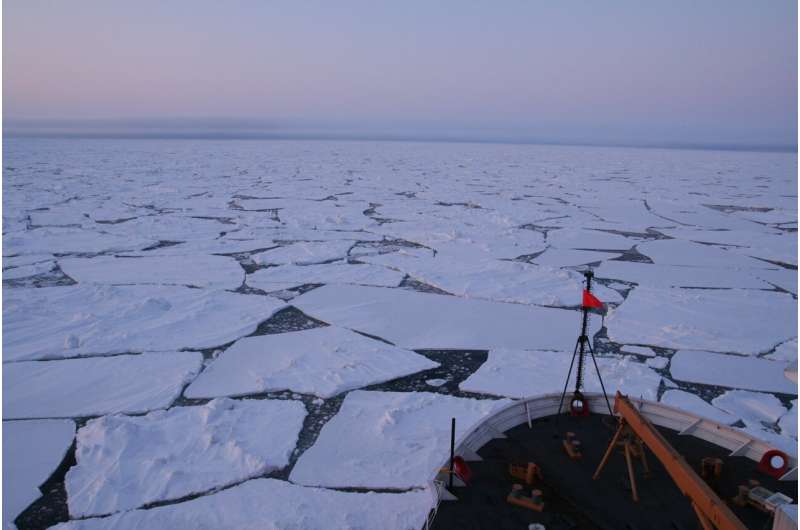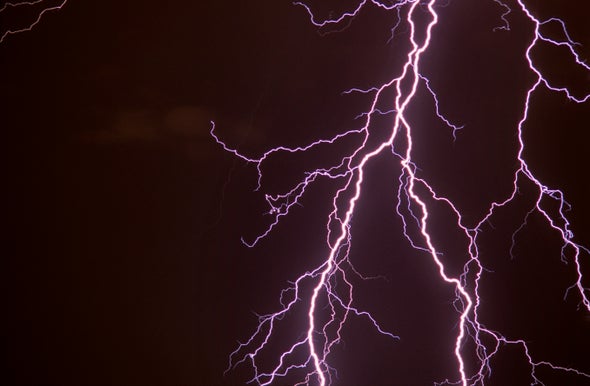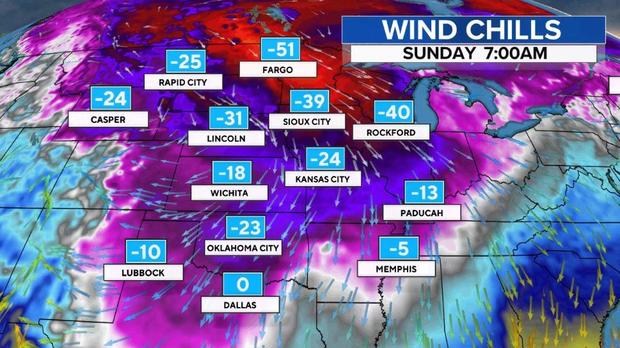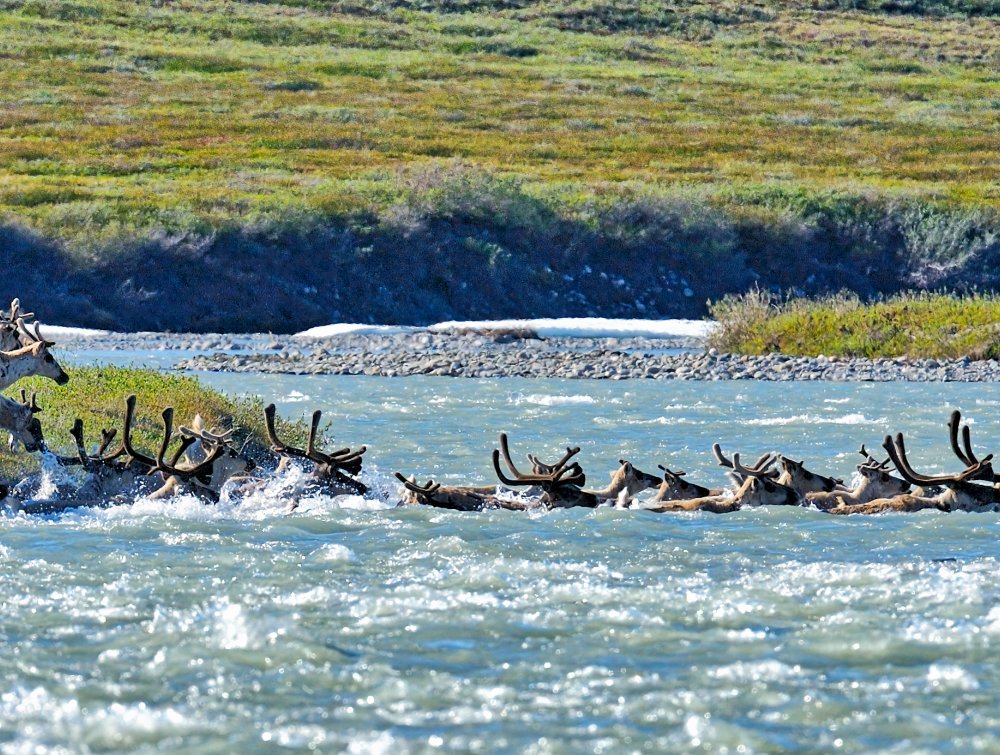https://royalsocietypublishing.org/doi/10.1098/rspb.2021.1741
Simo Njabulo Maduna, Jon Aars, Ida Fløystad, Cornelya F. C. Klütsch, Eve M. L. Zeyl Fiskebeck, Øystein Wiig, … See all authors Published:08 September 2021https://doi.org/10.1098/rspb.2021.1741
Abstract
Loss of Arctic sea ice owing to climate change is predicted to reduce both genetic diversity and gene flow in ice-dependent species, with potentially negative consequences for their long-term viability. Here, we tested for the population-genetic impacts of reduced sea ice cover on the polar bear (Ursus maritimus) sampled across two decades (1995–2016) from the Svalbard Archipelago, Norway, an area that is affected by rapid sea ice loss in the Arctic Barents Sea. We analysed genetic variation at 22 microsatellite loci for 626 polar bears from four sampling areas within the archipelago. Our results revealed a 3–10% loss of genetic diversity across the study period, accompanied by a near 200% increase in genetic differentiation across regions. These effects may best be explained by a decrease in gene flow caused by habitat fragmentation owing to the loss of sea ice coverage, resulting in increased inbreeding of local polar bears within the focal sampling areas in the Svalbard Archipelago. This study illustrates the importance of genetic monitoring for developing adaptive management strategies for polar bears and other ice-dependent species.
1. Introduction
Climate change is rapidly altering the structure, dynamics and functioning of ecosystems, leading to large-scale changes in the distribution, demography and phenology of species [1]. The current warming trend is fastest in the Arctic, causing a reduction of the extent, thickness, multiyear persistence and seasonal duration of sea ice cover [2]. Species relying on ice-habitats for foraging, reproduction and movement are therefore particularly vulnerable [3–6]. Population declines as well as contraction and fragmentation of geographical ranges have indeed been documented in ice-dependent species such as the Adélie penguin (Pygoscelis adeliae) and chinstrap penguin (Pygoscelisantarcticus, [7,8]), Baltic ringed seal (Pusa hispida botnica, [9]) and polar bears (Ursus maritimus, [10–13]).
Detrimental ecological and demographic effects of reductions in sea ice cover may ultimately reduce the standing genetic variation of species [14–17]. Loss of genetic diversity over time (genetic erosion) could introduce an additional level of adversity for affected species, by diminishing the adaptive potential enabling species to respond to anthropogenic pressures, pathogen outbreaks and environmental change [15,18]. Documenting changes in genetic diversity, spatial population structure and exchange in response to long-term climatic trends is therefore crucial for predicting the future fates of species [15,18]. Nevertheless, direct assessments of climate-induced temporal changes of intraspecific genetic diversity and population connectivity of species affected by reductions in sea ice cover remain scarce. This is largely owing to a lack of coordinated long-term ecological sampling and monitoring efforts [18,19]. In addition, it is unknown if spatial climate gradients, which are often used as proxies to predict responses to environmental change, fully capture the underlying population-genetic processes [18].
Our analysis focused on the polar bears inhabiting the Svalbard Archipelago in the northwest Barents Sea, because there is long-term genetic monitoring data available for this subpopulation going back until 1995. Moreover, the reduction of sea ice cover for the area inhabited by the Barents Sea polar bear subpopulation is an ongoing process. This includes both an estimated increase of ice-free days by 41 per decade between 1979 and 2014 [20] and a documented northward shift in the distribution of optimal habitat for polar bears in all seasons [21]. Coinciding with this period of sea ice loss, studies in Svalbard have revealed both reduced numbers of pregnant females reaching traditional denning areas than before [22,23] and that polar bears spent less time at glacier fronts hunting seals and more time on land and near bird colonies, eating birds and bird eggs, than they did in earlier years [24–26].
Most polar bears in the Barents Sea subpopulation, which was estimated to be approximately 2650 (95% confidence interval (CI) 1900–3600) individuals in August 2004 [27], hunt on pack ice (marginal ice zone) and have been termed ‘pelagic’ [28]. In summer and autumn, when there is no continuous sea ice cover surrounding Svalbard, roughly 10% of the subpopulation (approx. 250 individuals) occur in the Svalbard Archipelago, and ‘local’ polar bears that stay in this area year-round predominate [27,29]. In winter and in spring, however, pelagic bears also occur in this area. Thus, depending on the presence of sea ice, there is marked seasonal variation in both the density of bears and the proportion of bears with different movement strategies across the Svalbard Archipelago. Consequently, sea ice reduction is predicted to reduce both the magnitude and duration of the seasonal influx of pelagic bears [30,31]. Importantly, the loss of sea ice habitat in Svalbard in spring, during the mating season of the local polar bears [32], has been more profound than in the remaining Barents Sea areas occupied by the subpopulation, and the loss here has continued in recent years [21]. This increase in ice-free days could reduce mating opportunities and long-range breeding dispersal among regions connected by sea ice and lead to a higher proportion of local mating owing to population fragmentation.
The Svalbard Archipelago has undergone over two decades of rapid sea ice loss [20]. To assess whether and how the declining yearly sea ice season in the Svalbard Archipelago impacts population-genetic parameters of polar bears, we applied an extensive temporal and spatial sampling design to estimate the direction and rate of change of genetic diversity and differentiation in Svalbard polar bears over two decades (1995–2016). Given that the generation time of polar bears is approximately 12 years (International Union for Conservation of Nature/Species Survival Commission Polar Bear Specialist Group 2015), the study covers at least two generations, in particular if one takes into account that the individuals sampled in the early years of the interval were born up to 20 years earlier (year of birth ranged from 1975 to 2015). Temporally, as both sea ice habitat and connectivity among areas used by pelagic and local bears are in a decline, our hypothesis was that ‘local’ bears would become increasingly isolated, and that this would be reflected as increasing differentiation among and decreasing genetic diversity within areas. Spatially, because the extent of ice loss is uneven across Svalbard, with the west coast of Spitsbergen (the most western island) showing the highest loss [25], we expected to observe the strongest effects in northwestern Svalbard, where the great majority of bears are ‘local’ [29].
2. Material and methods
(a) Study area, sample collection and genetic methods
Polar bears from the Barents Sea were captured throughout the Svalbard Archipelago from 1995 to 2016 by the Norwegian Polar Institute, Tromsø, Norway, following standard immobilization, sampling and handling procedures [33] (figure 1). We extracted total genomic DNA from collected tissue samples using the DNeasy Blood & Tissue Kit (Qiagen) following the manufacturer’s protocol. For genetic typing, we used 22 published nuclear microsatellite loci with polymerase chain reaction protocols optimized for seven multiplex assays (electronic supplementary material, appendix S1, tables S1–S3). The overall microsatellite data consisted of 626 unique polar bear genotypes, including 206 bears that were previously genotyped following a similar protocol (see the electronic supplementary material, appendix S1). Based on sampling location, we allocated the genotyped bears to four geographical areas: north-western Svalbard (NWS, n = 123), northeastern Svalbard (NES, n = 110), southwestern Svalbard (SWS, n = 241) and southeastern Svalbard (SES, n = 152) (see the electronic supplementary material, appendix S1). For each of the four areas, we divided the 22-year sampling period into five temporal groups: T1: 1995–1999; T2: 2000–2004; T3: 2005–2009; T4: 2010–2014; T5: 2015–2016, but excluded periods with fewer than 10 individuals (electronic supplementary material, appendix S1, table S1-1). Thus, our final dataset comprised 16 spatio-temporal groups and 622 individuals, although to explore our results we also evaluated other plausible temporal divisions (electronic supplementary material, appendix S1, table S1-2).

(b) Spatio-temporal patterns of genetic diversity, inbreeding and differentiation
More: https://royalsocietypublishing.org/doi/10.1098/rspb.2021.1741

